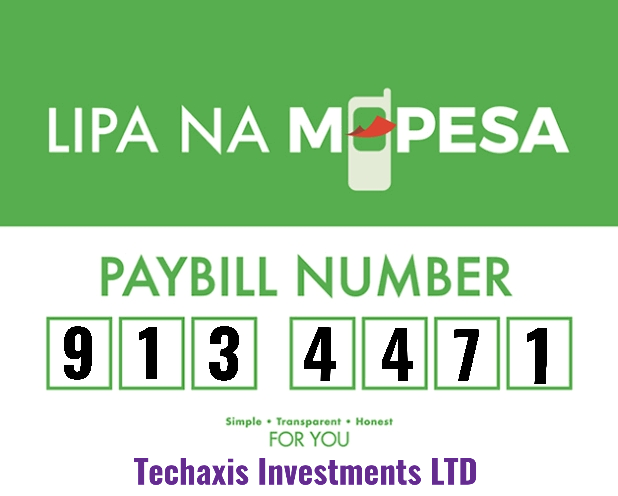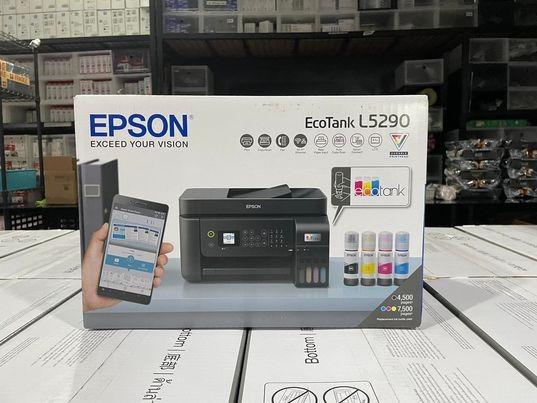Description
What is a meta description?
The meta description is an HTML tag you can set for a post or page of your website. In it, you can use roughly 155 characters to describe what your page is about. If you’re lucky, Google will show it beneath your page’s title in the search results. It allows you to convince search engine users that your page will offer what they are looking for.
Why set a meta description?
The purpose of a meta description is simple: it needs to get someone searching with a search term on Google to click your link. In other words, meta descriptions are there to generate click-throughs from search engines.
Search engines say there is no direct SEO benefit from the meta description – they don’t use it in their ranking algorithm. But there is an indirect benefit: Google uses click-through-rate (CTR) to determine whether you’re a good result. If more people click on your result, Google considers you to be a good result and will – based on your position – move you up the rankings. This is why optimizing your meta description is important, as is optimizing your titles.
Unfortunately, there is no guarantee that Google will display the description that you’ve written. But, as there is a chance it will, it’s always worth the effort to add it to your post or page.
What does a good meta description contain?
Here’s a list of elements you need to write a good meta description:
- Keep it up to 155 characters
- Use an active voice and make it actionable
- Include a call to action
- Use your focus keyphrase
- Show specifications when needed
- Make sure it matches the content of the page
- Make it unique
Let’s go over them in detail!
1. Keep it up to 155 characters
The right length doesn’t exist; it depends on the message you want to convey. You should take enough space to convey the message but keep it short and snappy. However, if you check the search results in Google, you’ll mostly see snippets of 120 to 156 characters. Google says you can make your meta descriptions as long as you want, but there is a limit to what we can see in the SERPs — and that’s around 155 characters; anything longer will get truncated.

Unfortunately, you can’t fully control what Google displays in the search results. Sometimes it shows the meta description, and sometimes it just grabs some sentences of your copy. Either way, your best bet is to keep it short. That way, if Google does decide to show the description you’ve written, it won’t be cut short.
2. Use active voice and make it actionable
If you see the meta description as an invitation to visit your page, you have to think about your user and their (possible) motivation to visit your page. Make sure that your description isn’t dull, difficult, or too cryptic. People need to know what they can expect to find on your page.
The example in the image below is the description you should strive to write. It’s active, it speaks to you and addresses you directly. You know what you’ll get if you click on the link!

3. Include a call-to-action
“Hello, we have such and such new product, and you want it. Find out more!” This overlaps with what we said about the active voice, but we wanted to emphasize it again. The meta description is your sales text. Except, in this case, the “product” you are trying to sell is the page that is linked. Invitations like Learn more, Get it now, Try for free come in handy, and we use them too.
4. Use your focus keyword
If the search keyword matches a part of the text in the meta description, Google will be more inclined to use it and highlight it in the search results. This will make the link to your site even more inviting. Google sometimes even highlights synonyms. In the example below, both the Academy Awards and Oscars are highlighted. Getting your results emphasized like that makes them stand out even more.

5. Show specifications, where possible
If you have a product in your Shopify or Woo Commerce store aimed at the tech-savvy, it can be a good idea to focus on the technical specs. For example, you can include the manufacturer, SKU, price, etc. If the visitor is specifically looking for that product, you won’t have to convince them. Can the watch help us stay fit? Sign us up; that’s all we need to know. Note that to optimize your result in this manner, you should work on getting rich snippets.

6. Make sure it matches the content of the page
This is an important one. Google will find out if you use the meta descriptions to trick visitors into clicking on your result. They might even penalize you if you do it. But besides that, misleading descriptions will also increase your bounce rate. Which will also lower people’s trust in your company. It’s a bad idea for that reason alone. That is why you want the meta description to match the content on the page.
7. Make it unique
If your meta description is the same as those for other pages, the user experience in Google will be hampered. Although your page titles might vary, all pages will appear to be the same because all the descriptions are the same. Instead of creating duplicate meta descriptions, you’d better leave them blank. Google will pick a snippet from the page containing the keyword used in the query. That being said, writing a unique meta description for every page you want to rank with is always the best practice.
How to get a green traffic light for the keyphrase in meta description
If you don’t mention the keyphrase in the meta description at all, you’ll get a red traffic light. So, make sure to write one. But don’t stuff your meta description with your keyphrase, because that will also get you a red traffic light. And make sure to mention all the words from your keyphrase near to each other. Search engines are pretty smart nowadays, but you still need to make it clear what your page is about.
How to write a concise meta description
A good meta description convinces people that your page offers the best result to their query. But, to be the best result, you must know what people are looking for. What is their search result? Are they looking for an answer to a question? If they are, try to give them the most complete answer. Are they looking for a product? Write down what makes your product stand out and why they would best buy it in your store. Be concise and convincing!
What to do if you need meta descriptions for a lot of pages?
Does it feel like you need to change all your meta descriptions after reading this? But not sure how to fit that into your schedule? Google has the answer:
“If you don’t have time to create a description for every single page, try to prioritize your content; at the very least, create a description for the critical URLs like your home page and popular pages.“
Advice from Google Search Central documentation
You can check which of your pages rank highest with Google Search Console. Take it from there
Read more: A successful Link Building »











Reviews
There are no reviews yet.